Exhibition in Versailles and other European venues shows how civilization benefits from creativity and imagination, Zheng Zheng reports in Shanghai.
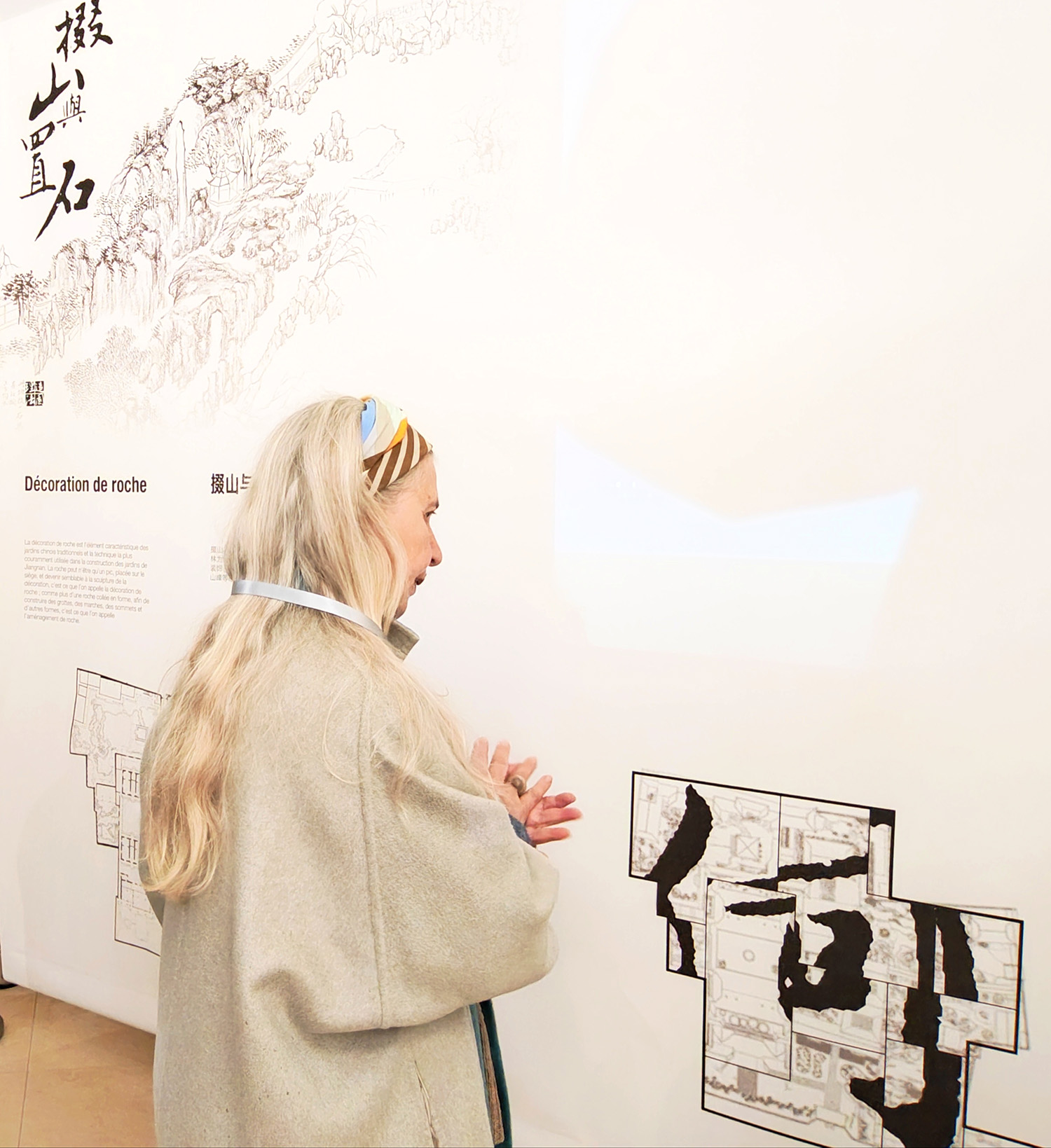
The grandiose Versailles Palace is a place etched in history, and its ornate grounds were the perfect setting for Wandering in the Gardens of Jiangnan, an exhibition that attracted throngs of people in the hope of glimpsing what results when Eastern design meets Western style.
The exhibition, which took place last week in Paris, and which is set to run in Germany and other countries later, interprets the mutual appreciation between civilizations by re-creating the splendor of traditional Chinese gardens in historic European settings.
Chinese and European gardens are the product of different views of nature. Our exhibition brought Jiangnan gardens to the renowned French gardens of Versailles, immersing visitors in the charm of the traditional gardens of the two countries.
Zhang Ming, the exhibition curator
Chinese gardens are not merely beautiful spaces, but reflections of spiritual and cultural ideals, explains Zhang Ming, 55, curator of the exhibition and director of the Department of Landscape Architecture at the College of Architecture and Urban Planning at Shanghai's Tongji University.
"Chinese and European gardens are the product of different views of nature. Our exhibition brought Jiangnan gardens to the renowned French gardens of Versailles, immersing visitors in the charm of the traditional gardens of the two countries," he adds.
READ MORE: Sustainability key to new Yangtze River revenue stream
Divided into two sections, Garden Scenery and Garden Realm, the exhibition, put together by the Information Office of Shanghai Municipality and hosted by Tongji University, unfurled a mesmerizing tapestry of history and garden design from Jiangnan, the region south of the lower reaches of the Yangtze River.
Garden Scenery delved into the historical evolution, design principles, and traditional craftsmanship of Jiangnan gardens through models and videos of the Yu and Fangta gardens of Shanghai, as well as the Wangshi Garden of Suzhou, the Jichang Garden of Wuxi, and the He Garden of Yangzhou, all in Jiangsu province.
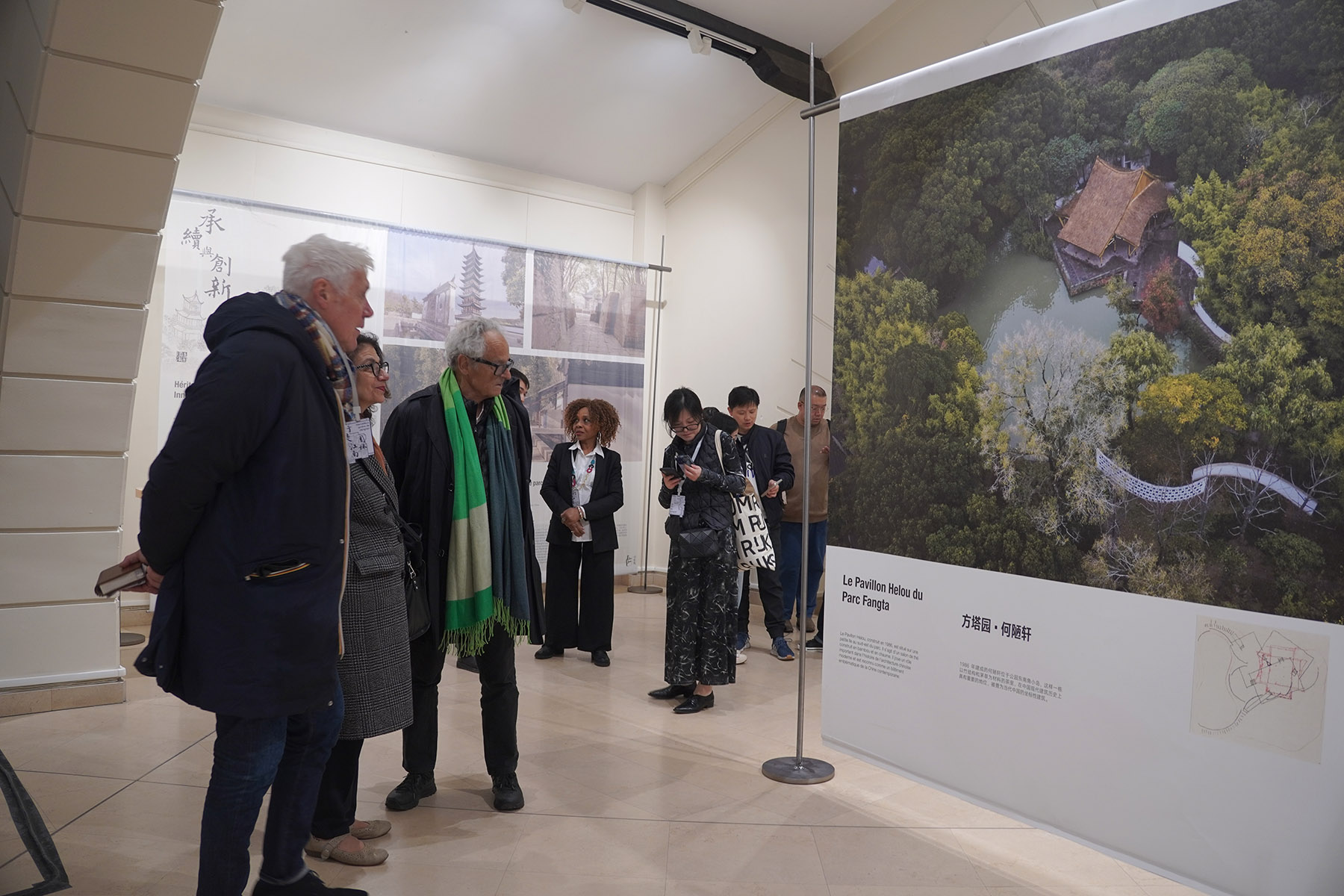
Garden Realm invited visitors into a realm of artistic installations that evoked the essence of these living works of art.
Underscoring the cultural milieu that gave birth to the gardens, the opening ceremony of the exhibition at Versailles featured a concert of traditional Chinese musical instruments, such as dizi (Chinese bamboo flute), and a performance of Kunqu Opera, one of the oldest forms of Chinese opera, which was inscribed on the UNESCO's representative list of Intangible Cultural Heritage of Humanity in 2008. One character's words from the excerpts of The Peony Pavilion by Ming Dynasty (1368-1644) playwright Tang Xianzu resonated fittingly with the theme of the exhibition, "How can one know spring's charm without wandering in gardens?".
"I have never seen such charming Chinese garden art before," a local visitor was quoted as saying after watching the performances. "The lingering flute melody reminded me of 17 years ago when my family and I traveled to China, starting a special connection with the country. I am moved and amazed by this wonderful experience of Chinese gardens."
Representing more than 2,000 years of evolution, the gardens chosen trace the diverse influences on classical Chinese garden techniques and artistic philosophy.
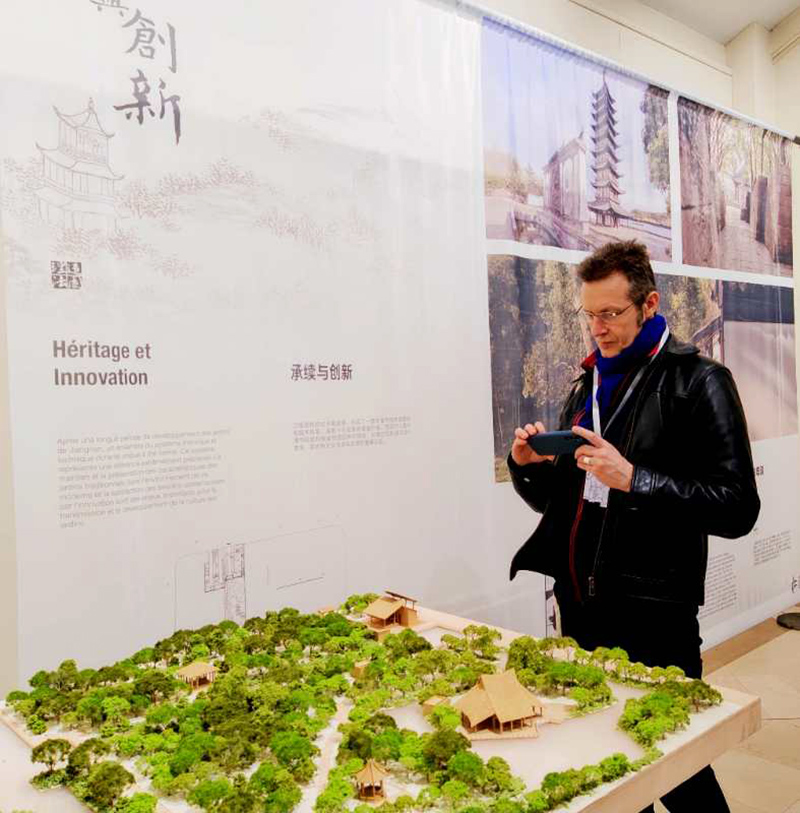
Meanwhile, the exhibition also looks to the future, shedding light on the garden as a model of tradition meeting modernity.
Co-curator Yang Chen, an associate professor also from the College of Architecture and Urban Planning at Tongji University, says they chose five distinctive gardens from four major cities as highlights spanning a long history.
The Yu Garden, a Ming Dynasty private garden, manifests the overarching themes and geomantic principles of Jiangnan. The Wangshi Garden exemplifies the concept of the literati retreat through its landscaped pools. The Jichang Garden showcases the art of incorporating the features of nearby landscapes, using them in the garden. The He Garden features the wonder of intricately piled rockeries.
As China transitions from classical to modern parks, the inclusion of Fangta Garden demonstrates the integration of historic sites into a contemporary public space, according to the curators.
The enduring relevance of Jiangnan gardens lies in their ability to harmonize human-made environments with the natural world in sustainable, yet aesthetically rich ways. As modern society grapples with the challenges of urban development, these ancient insights offer wisdom and guidance for creating human, eco-conscious spaces to serve the public.
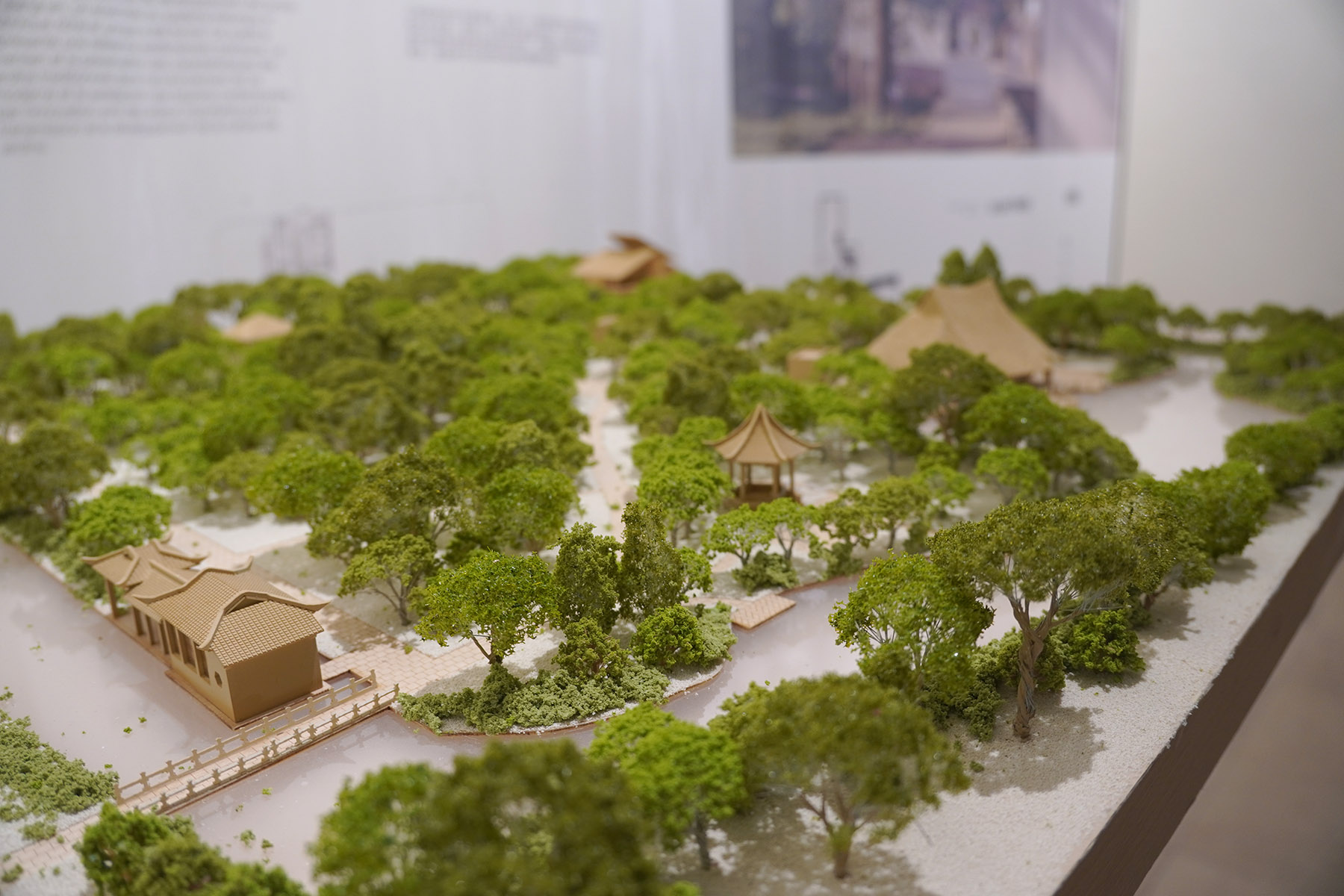
Interwoven with the historical gardens is a selection of contemporary art installations by artists from China and France, such as Ru Xiaofan, Zhang Xiaoli, Zhou Yang, and Alex Long Yuan. Their paintings, photographs, and multimedia works establish a dialogue between the ancient and modern, inviting visitors to ponder the evolving trajectories of China's garden culture.
One of the exhibition's centerpieces was the map of Jiangnan gardens — a visualization developed by researchers from Tongji University that details nearly 2,000 historical gardens in 50 cities. It captures the grand scale and density of garden making that once defined this region.
The exhibition came at a momentous time for Sino-French relations, as this year marks the 60th anniversary of the two countries' diplomatic ties. Both countries have promoted cultural exchange as an avenue for deeper mutual understanding. This exhibition is also part of the Our Water: Flowing From Shanghai — Intercultural Dialogues Among World Cities series, making its first stop in Paris, according to the Information Office of Shanghai Municipality.
Seen against this backdrop, the exhibition underscored the art of gardening as a historic meeting point between Chinese and European aesthetics. While classical European gardens mostly emphasized humankind's influence over nature, Chinese traditions focused on harmonizing human construction with nature, according to the curators.
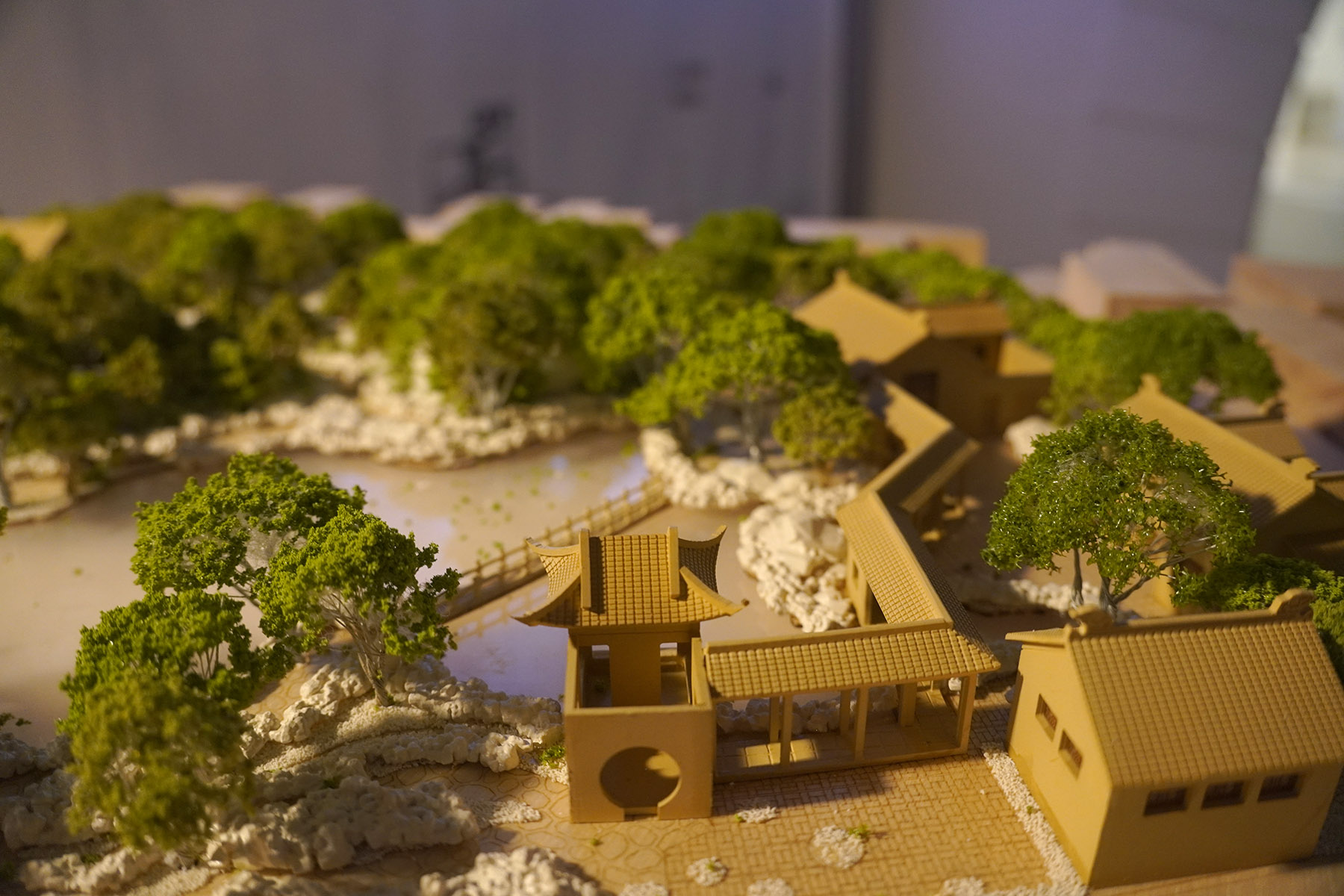
Both resonances and divergences between civilizations can be seen through gardening. "Such intercultural dialogue helps us better appreciate different perspectives," says Yuan Jialin, curator and director of the international publishing department at Tongji University Press.
The exhibition brought to mind an era when European royalty and intellectuals were enthralled by China during the 17th and 18th centuries. The term "Chinoiserie" refers to a popular style of design that grew out of the European understanding of Chinese and wider Asian styles, Yuan adds.
ALSO READ: Iconic teahouse is a light show to cherish
Chinese concepts of natural scenery, water features and pavilions permeated French design under the Sun King Louis XIV, when he built the Trianon de Porcelaine in 1668, the first Chinese-style garden in Europe, according to the curators.
Following its French run, the exhibition will be taken to other countries to bridge cultures through the universal language of nature.
Contact the writer at zhengzheng@chinadaily.com.cn


